NIL
U.S. Senator turns heads by wanting more control over NIL
The gloves are off, and Senator Tommy Tuberville isn’t holding back. In a recent interview with CNN, the former Auburn football coach-turned-lawmaker doubled down on his mission to reshape college athletics—and it starts with rolling back what he sees as the chaos created by Name, Image, and Likeness (NIL) compensation. “I think the NIL is […]

The gloves are off, and Senator Tommy Tuberville isn’t holding back. In a recent interview with CNN, the former Auburn football coach-turned-lawmaker doubled down on his mission to reshape college athletics—and it starts with rolling back what he sees as the chaos created by Name, Image, and Likeness (NIL) compensation.
“I think the NIL is in dire need of restructuring,” Tuberville said, referencing a new college sports commission in the works, with Alabama legend Nick Saban reportedly involved. The commission, according to Tuberville, is designed to bring “order” back to the NCAA’s new financial era—where players now hold a piece of the power that used to belong solely to schools and coaches.
Advertisement
But let’s be clear: Tuberville isn’t just concerned with fairness—he wants control. In an earlier radio interview, Tuberville spelled out what he envisions: “Everybody would be on the same level. We’ve got to come up with some rules for the transfer portal, possibly a contract for players.” Translation? Less money, less mobility, and more regulation on the athletes who are finally seeing their value recognized.
And he’s not alone. Tuberville cited conversations with Auburn basketball coach Bruce Pearl, who called NIL and the transfer portal “an absolute disaster.” But who’s it really a disaster for? Players like Livvy Dunne, Bronny James, and Shedeur Sanders raked in millions—earning what the market says they’re worth. On3 recently estimated Dunne’s NIL valuation at $3.9 million, while Sanders was close to $4.6 million.
The outcry from coaches and politicians sounds less like concern for college sports and more like panic over a shift in power dynamics. Tuberville’s push to restrict freedom and earning potential paints a clear picture: they want amateurism for the players and professionalism for everyone else.
The danger? If this commission is formed without athlete representation, it won’t be reform—it’ll be regression.
Advertisement
Fans of college sports need to stay loud. NIL isn’t the problem—it’s progress. And if Tuberville gets his way, the clock might just be turned back on the student-athletes who’ve finally started to win.
Related: Kentucky recruit makes unique decision with bold NIL power move
Related: Prep Hoops star makes major announcement regarding future
NIL
The stat Texas needs to improve to win a national title
We are in the thick of the offseason, but that does not slow speculation on the 2025 college football season and beyond. You, the listeners of Andy and Ari On3, have questions, and I am here to answer them. From Joe:How much credit does Steve Sarkisian get in college football for the work he’s done […]
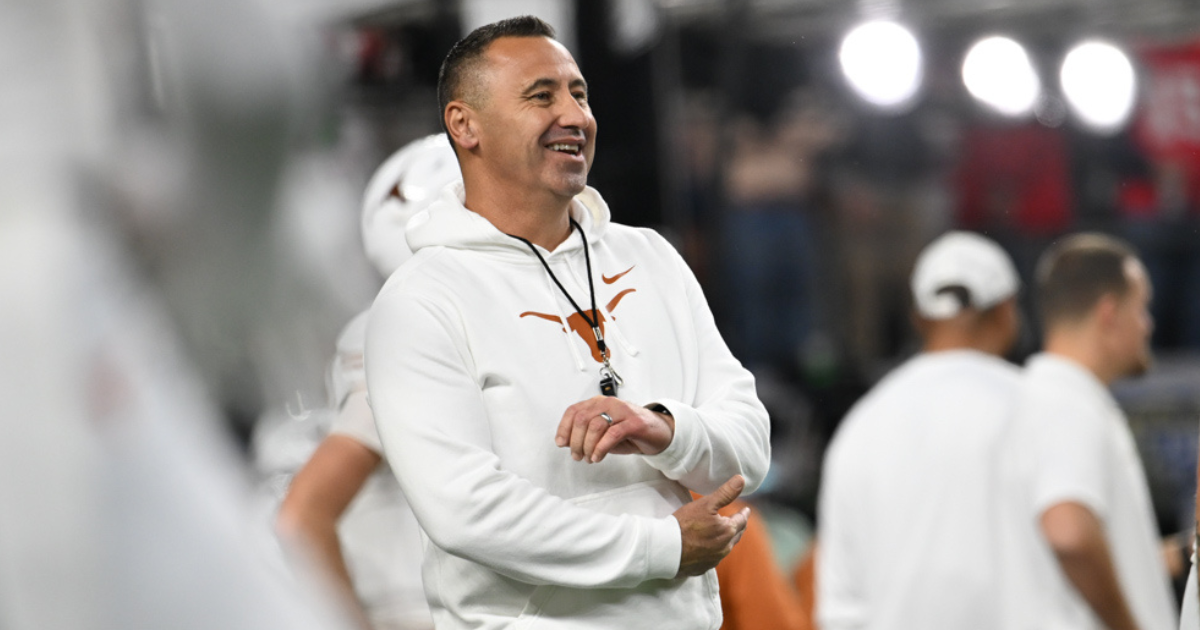
We are in the thick of the offseason, but that does not slow speculation on the 2025 college football season and beyond. You, the listeners of Andy and Ari On3, have questions, and I am here to answer them.
From Joe:
How much credit does Steve Sarkisian get in college football for the work he’s done at Texas?
From Steve in San Antonio:
No this is not an Arch Manning question. You’re welcome. Maybe it’s just me but I’ve been surprised by Sark being labeled the offensive genius/guru with all of the very obvious and serious red zone and goal line issues they’ve had. Since Sark has had them relevant, regardless of who they are playing, the offense marches up and down the field but once they hit the red zone or goal line, they come to a screeching halt and issues ensue ( I won’t mention Ohio State or Red River 2023).
I don’t know that Sark has gotten the appropriate heat for these deficiencies and had they just been average inside the 20, Texas could have a natty right now.
How does he fix these issues if they’ve plagued Texas multiple seasons with all that high-end talent?
Why has the media overlooked it when it’s of the utmost importance and many in your line of work are picking them to win it all this season? You can’t win it all if you can’t score a TD when you have to.
Steve’s question will help us answer Joe’s question. Because Sarkisian has fixed the most pressing issues Texas had when he got the job in 2021, we now can nitpick him on things like red zone percentage.
In other words, Sark repaired the cracks in the foundation and rebuilt the frame of the house. Now we’re arguing about light fixtures.
This is, of course, huge progress for Texas. And Sarkisian and his staff deserve most of the credit.
The most important repair they made was turning Texas into a program that developed talent again. In the tail end of the Mack Brown era and through the Charlie Strong and Tom Herman eras, the Longhorns simply did not turn the highly touted recruits they signed into NFL players with any regularity. Teams that can’t do that don’t tend to win championships, and they’re susceptible to losses to teams that — on paper — are less talented.
From 2011 to 2022, Texas produced two first-round draft picks (safety Kenny Vaccaro in 2013 and defensive tackle Malcom Brown in 2015). In 2016 and 2017, the Longhorns had just one player drafted. In 2022, they didn’t have a single player drafted.
Before the Sarkisian era, the last Texas offensive player drafted in the first round was Vince Young in 2006. The last first-round offensive lineman was Mike Williams in 2002.
Since Sark took over, Texas has produced six first-rounders (tailback Bijan Robinson in 2023, defensive tackle Byron Murphy and receiver Xavier Worthy in 2024 and offensive tackle Kelvin Banks, DB Jahdae Barron and receiver Matthew Golden in 2025). The Longhorns have had 23 players taken in the past two drafts, and it’s possible they touch double digits again in 2026.
Those are the kind of numbers Nick Saban produced at Alabama and Urban Meyer produced at Ohio State and Kirby Smart produces at Georgia. It’ll win you a lot of games.
Sarkisian has re-opened the Texas NFL production factory. His athletic director, Chris Del Conte, has gotten donors who couldn’t seem to stay on the same page in previous eras to pull in the same direction since the dawn of NIL. Texas has the big-picture issues taken care of.
Now let’s talk about the red zone.
Steve isn’t wrong. Texas was bad in the red zone last season. It’s not just an anecdotal memory of the toss play that Ohio State safety Caleb Downs blew up near the goal line in a one-possession Cotton Bowl semifinal in the fourth quarter. Texas ranked 101st in the nation in red zone scoring percentage at 79.7.
That’s the bad news. The more promising news is that Texas tied with Indiana for second in the nation in red zone trips last season with 69. The difference is the Hoosiers turned 92.8 percent of those trips into points. Indiana scored 55 red zone touchdowns, which led the nation and was seven more than second-place Penn State, which played three more games than the Hoosiers did. Texas, meanwhile, scored 44 red zone touchdowns in 16 games.
To Steve’s point, if Texas can get to a middle-of-the-pack red zone scoring percentage, that probably adds another four or five touchdowns. That could mean the difference between a playoff exit in an earlier round and a national title.
How does Texas fix the issue? Running back play certainly seems to be a factor. When the Longhorns had Robinson in 2022, they finished 19th in red zone scoring percentage. They dropped to No. 90 the next year.
A deeper running back room this season could help. Recall that the Longhorns lost presumed starter C.J. Baxter and freshman Christian Clark to season-ending injuries in August.
Quarterback Arch Manning also will shoulder much of the responsibility. After Quinn Ewers injured his ankle late last season, Sarkisian used Manning in a QB run package. As the starter, Manning’s size and speed should make him an option for which defenses have to account near the goal line.
Red zone percentage will be a critical stat to watch for Texas this season. It’s one of the only things the Longhorns have struggled with during CFP runs the past two seasons. They’ll likely continue to rank among the national leaders in getting inside the opponent’s 20-yard line. If they start punching in a few more touchdowns, they might be unstoppable.
From Tom:
Will we ever get back to a point where power conference teams non-conference games were all against other power conference teams? (For example, Missouri’s 1976 non-conference was USC, Illinois, Ohio State, North Carolina.)
The addition of the 12th regular-season at the start of this century probably eliminates the possibility of all power-conference schedules returning. The TV networks and streaming networks paying the leagues would love a return to this, and depending on how the next iteration of the CFP is set up, we should see more power conference vs. power conference games.
And for certain schools, an all power conference schedule probably would be helpful.
Earlier this week, Texas Tech coach Joey McGuire was complaining about the perception of conferences during an interview on SiriusXM. “We’ve got to take some of the bias out of conferences – that, ‘This is a tougher conference because of this and this and this.’ Let’s fight it out on the field,” McGuire said.
He’s talking about CFP selection, and that would be fine if the conferences were equal. But they’re not. The Big 12 is demonstrably weaker at the top than the Big Ten and SEC. Texas Tech could help itself close this perception gap by playing some Big Ten and SEC teams in the non-conference. That would be fighting it out on the field.
So who is Texas Tech playing in the non-conference this season?
Arkansas Pine-Bluff, Kent State and Oregon State.
Maybe it gets better in 2026.
Nope, it’s Abilene Christian, Oregon State and Sam Houston State.
At least Texas Tech has N.C. State scheduled in 2027 alongside Arkansas Pine-Bluff and North Texas.
Slates like these will do little to help the Red Raiders. Their CFP participation likely will depend on whether they can win the Big 12 title, because they won’t have any quality non-conference wins to bolster their resume if they don’t win the league. So McGuire needs to visit with his athletic director Kirby Hocutt and get some better non-conference games scheduled.
They don’t have to schedule Ohio State and Georgia. But they do need to be trying to schedule teams like Illinois, Minnesota, Ole Miss and South Carolina. And if those teams don’t want to come to Lubbock, the Red Raiders should take a check, hit the road and, as McGuire said, “fight it out on the field.”
From John:
What are the top three books about college football that you would recommend to someone who knows nothing about CFB?
It is beach reading season, so here’s a trio of books that would be great for anyone who either loves college football or just wants to learn more about it.
The Opening Kickoff: The Tumultuous Birth of a Football Nation, Dave Revsine
Revsine isn’t just a great TV host. He dives deep into the creation of the sport. If you thought the NIL era was wild, it has nothing on the turn of the 20th century.
Meat Market: Inside the Smash-Mouth World of College Football Recruiting, Bruce Feldman
To understand college football, you need to understand recruiting. There isn’t a better book on the subject. Feldman spent a year in the early 2000s with Ed Orgeron’s Ole Miss staff, and the result is a fascinating look at how the sausage got made in that era.
The Junction Boys: How Ten Days in Hell with Bear Bryant Forged a Championship Team, Jim Dent
The story of Bear Bryant’s first preseason practice at Texas A&M is the stuff of legend, and it will get you fired up for the season (even though a coach would get put in jail for this stuff now).
My co-host Ari Wasserman also recommends Michael Rosenberg’s War As They Knew It: Woody Hayes, Bo Schembechler, and America in a Time of Unrest. This one delves into the most interesting period in the Michigan-Ohio State rivalry, and it will help you understand why that game means so much to so many people.
If you want a better window into some of the changes in college football now, I’d also recommend a book about a different kind of football. Joshua Robinson and Jonathan Clegg’s The Club: How the English Premier League Became the Wildest, Richest, Most Disruptive Force in Sports explains the dawn of the Premier League in England. And you’ll be shocked at the similarities between English soccer in 1990 and college football in 2025.
A Random Ranking
As I write this, I’m preparing to head to Tampa for a Metallica concert. Time to rank my favorite Metallica songs…
1. One
2. Master of Puppets
3. Sad But True
4. For Whom the Bell Tolls
5. Enter Sandman
6. Fade To Black
7. The Unforgiven
8. Fuel
9. Seek and Destroy
10. Nothing Else Matters
NIL
How can Drexel Athletics increase their name recognition?
Photo by Kasey Shamis | The Triangle Unlike colleges such as the University of Alabama or Ohio State, Drexel is not typically top of mind when it comes to prestigious athletics programs. As a member of the Coastal Athletic Association, which is not part of the Power 5 conferences (which include the Atlantic Coast Conference, […]


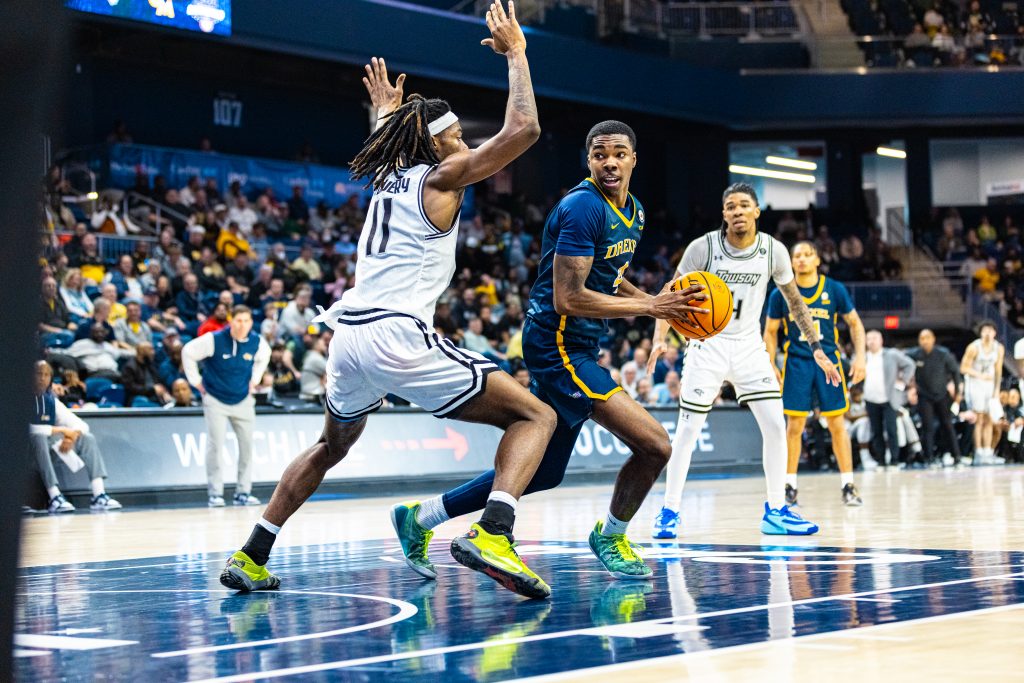
Unlike colleges such as the University of Alabama or Ohio State, Drexel is not typically top of mind when it comes to prestigious athletics programs. As a member of the Coastal Athletic Association, which is not part of the Power 5 conferences (which include the Atlantic Coast Conference, the Big Ten Conference, the Big 12 Conference and the Southeastern Conference), Drexel is classified as a mid-major. This label comes from the conference that a school’s men’s basketball team plays in. In today’s college athletic landscape, which is shaped by name, image and likeness opportunities, this characterization has limited the ability of Drexel’s student-athletes to fully benefit from NIL deals.
Unfortunately for Drexel, the shortcomings of the men’s basketball program have undermined the success of other Drexel athletics programs. Just this season, the men’s and women’s lacrosse teams made trips to the CAA championship, and the women’s team was consistently ranked as one of the top 25 programs in the nation. Both Drexel squash programs rank in the top 10, the rowing teams have dominated in recent competitions, and, in 2024, the women’s basketball team won the CAA championship and competed in March Madness.
Despite these achievements, Drexel is still a relatively unknown school in college athletics. While this can be attributed to a number of factors, perhaps the main issue of name recognition stems from the lack of NIL funding towards athletes.
Since the initial Supreme Court ruling back in 2021, NIL has transformed the landscape of college athletics. The court found that college athletes can profit off of their name, image and likeness on top of the scholarship given to them by their school.
In the four short years since this ruling, how athletes prioritize and decide the schools for their collegiate career has completely changed. Now, on top of following their dreams of professional sports, athletes are also weighing the possibility of making as much revenue as they can.
This dynamic is especially prevalent in men’s basketball, where it is not uncommon for players to enter the transfer portal two or three times. One example of this is PJ Haggerty, who has played on three different teams and recently announced he would be committing to Kansas State after negotiating to receive a $2.5 million NIL package. While athletes from mid-majors are not getting as large of deals as Haggerty, they still stand to benefit financially by transferring to schools with better NIL infrastructure.
During this offseason, Drexel’s men’s basketball team lost four of its most impactful players to the transfer portal. Cole Hargrove and Kobe McGee, who both earned CAA awards this season, transferred to Providence and Florida State University, respectively. Jason Drake announced he would spend his final year at the University of Indiana, and Yame Butler transferred to Butler University after an outstanding season. In recent memory, other standout players such as Amari Williams and Justin Moore have made moves to larger universities.
Despite head coach Zach Spiker’s claim of a culture with “a group that is connected [and] a locker room that loves being around each other” at Drexel, it seems not to be enough as the Dragons continue to lose top talent every offseason. What is the motive for these players entering their names into the NCAA transfer portal if not for potential NIL deals?
While NIL has given numerous opportunities to many different athletes, it has also created problems for universities struggling to keep up with the ever-changing rules. Currently, colleges believe that for NIL to be successful, rules and regulations are needed to stop the disproportionate allotment of money to players. At the time of publication, athletes are allowed to get paid in any amount and without any restrictions. In an attempt to make resources more equitable, the College Sports Commission was created by the Power 5 conferences to establish limitations.
For Drexel and other mid-major institutions, NIL equality is especially important, as they do not have the resources available to attract and keep star athletes. Earlier this year, an article in the Philadelphia Inquirer revealed that Drexel’s NIL resources rank in the bottom half out of all the schools in the CAA, raising concerns for Drexel and its sustainability in the coming years.
In December 2023, Drexel announced that they were launching the Dragon Fire Collective, a NIL Collective intended to support Drexel athletes by creating NIL opportunities for them. However, this effort seems to be inactive at the moment, as the last post on their Instagram was a “day in the life” video featuring Yame Butler from June 2024. Without an active collective to assist students in earning NIL money, Drexel is positioning itself further behind other mid-major universities and running the risk of losing athletes to the transfer portal.
The future of NIL remains uncertain to this day. Pending a judge’s decision on the House vs. NCAA lawsuit, which could allow schools to distribute up to $20.5 million to student-athletes, the CAA’s Board of Directors has voted to opt in to the settlement. If the judge rules in the athletes’ favor, CAA institutions, including Drexel, would be required to share their revenue.
While this decision is expected to come in late June, Drexel has already announced that they will comply with the CAA’s decision and that they are prepared to share revenue with their athletes, as confirmed by the Inquirer.
Other schools in the CAA, such as Stony Brook, have also stated plans to share their revenue with their athletes. On May 28th, they became the first school in the CAA to partner with a third-party platform to help manage revenue sharing. In addition to being an early adopter of the CAA’s mandate, Stony Brook, which has similar athletic success as Drexel, boasts one of the best NIL systems for a mid-major university.
Despite Stony Brook’s collective being launched around the same time as Drexel’s, it has made much more progress. Since the launch of the 1957 Club, the organization has hosted galas, created merchandise and partnered with NIL websites that allow fans to subscribe and gain access to the Seawolves’ athletes. Although these efforts have not entirely prevented players from entering the transfer portal this year, the university is still setting itself up for a better future than Drexel, which does not have any of these opportunities in place.
Drexel will never become the next Notre Dame, but that should not be an excuse to not build up a NIL system that prioritizes keeping players at Drexel, winning games and creating better opportunities for their athletes. With the upcoming ruling regarding revenue sharing, Drexel has the chance to level the playing field with other mid-major programs. Taking action now will make the university more competitive and set up every current and future athlete to have a successful career as a Drexel Dragon.
NIL
LSU Softball Signs a Pair of Coveted Additions Through NCAA Transfer Portal
BATON ROUGE, La. – Cece Cellura, a pitcher from San Diego State, and Kylee Edwards, an infielder from Mississippi State, will join the LSU softball team for the 2026 season. Both Cellura and Edwards come to LSU with two years of eligibility remaining. Cellura was named to the 2025 All-Mountain West First Team and helped bring […]
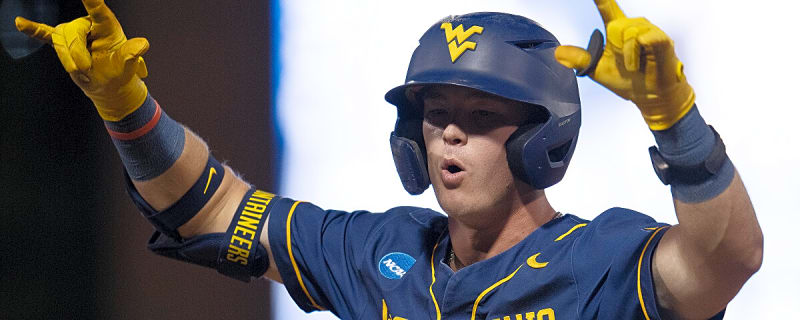


BATON ROUGE, La. – Cece Cellura, a pitcher from San Diego State, and Kylee Edwards, an infielder from Mississippi State, will join the LSU softball team for the 2026 season.
Both Cellura and Edwards come to LSU with two years of eligibility remaining.
Cellura was named to the 2025 All-Mountain West First Team and helped bring the Aztecs two consecutive Mountain West Conference Tournament Championship titles.
In 2025, Cellura was 19-9 in the circle with a 2.28 ERA behind 94 strikeouts in 153.2 innings pitched. In 39 appearances and 20 starts, Cellura tossed four shutouts and recorded three saves.
The right-handed hurler led the Mountain West with a 4.70 strikeout-to-walk ratio, a 1.10 WHIP and allowed 0.91 walks per seven innings, ranking No. 3 in the country.
Overall, in her career, Cellura has a 27-14 record with a 2.48 ERA and 139 strikeouts in 262.0 innings pitched.
Edwards, who earned a spot on the NFCA South All-Region Second Team, started all 58 games at shortstop in 2025, where she batted .290 with 47 hits, 34 runs and 37 RBI. Edwards had 18 extra-base hits with nine doubles and nine home runs.
She also drew 24 walks and was 7-for-7 in stolen bases. In the field, she had a .945 fielding percentage with 87 assists, 69 putouts and nine errors.
In her two seasons at State, Edwards logged a .280 batting average with 83 hits, including 14 home runs, has scored 59 runs and drove in 60 runs.
More LSU News:
LSU Target, Top-Five Quarterback in America Earns Coveted Elite 11 Invite
LSU Quarterback Garrett Nussmeier Turning Heads This Offseason, Expectations Rising
LSU’s Joe Sloan Comments on One Wide Receiver to Keep Tabs on in 2025
NIL
NIL era news
As we head into a new athletics year under the NIL era, a new bill has been signed into law in the state of Texas that could benefit Texas A&M and other universities in the state moving forward. As announced on Thursday afternoon, Governor Greg Abbott signed a new NIL law that will allow athletes […]



As we head into a new athletics year under the NIL era, a new bill has been signed into law in the state of Texas that could benefit Texas A&M and other universities in the state moving forward.
As announced on Thursday afternoon, Governor Greg Abbott signed a new NIL law that will allow athletes over 17 in the state to receive NIL contracts directly from a university. This bill also aligns with the House settlement that is yet to be approved. For Texas A&M and other in-state universities, it will allow them to avoid any potential lawsuits or compliance issues and compete for recruits in some ways others may not be able to just yet.
The implementation of the bill was first reported by KBTX senior sports writer Travis L. Brown via X:
Let’s cut straight to the facts: there is no denying the influence of NIL on all collegiate athletics and it continues to grow by the minute. The transfer portal has reached historic numbers since the decision was made to introduce financial gain for players for their name, image and likeness (NIL).
That was just the beginning of something way bigger than anyone ever thought could happen in the sport. Some college athletes, like UCLA quarterback Nico Lamaleava, are making millions of dollars before they even reach the National Football League, which has always been the goal of most athletes, historically speaking.
Now, what is stopping players from just managing their finances in college and then retiring? Is that going to cause a shortage of athletes in the NFL? Or, will the professional football league continue to blossom? That is still to be determined.
For now, the House vs. NCAA antitrust lawsuit remains in full swing, with seemingly no end in sight just yet. The proposed, and now imposed, bill in the state of Texas protects universities in the state in more ways than one, while also providing a slight edge in recruiting as well.
The world of NIL and the transfer portal is something that will change rapidly and often. As new bills are signed or rejected, there seems to be some major miscommunications between the House and the NCAA that could be detrimental for all parties if not solved.
Contact/Follow us @AggiesWire on X (formerly Twitter) and like our page on Facebook to follow ongoing coverage of Texas A&M news, notes and opinions. Follow Dylan on X: @dylanmflippo.
This article originally appeared on Aggies Wire: NIL era news: Texas governor implements integral new bill heading into new athletic year
NIL
Franklin addresses CFP in media session | News, Sports, Jobs
UNIVERSITY PARK — The College Football Playoffs are evolving even faster than NIL and the transfer portal. It seems inevitable that the field will expand to 16 teams, possibly as soon as the 2026 season. The management committee for the CFP recently modified the seeding where the top four conference champions will not necessarily receive […]

UNIVERSITY PARK — The College Football Playoffs are evolving even faster than NIL and the transfer portal. It seems inevitable that the field will expand to 16 teams, possibly as soon as the 2026 season.
The management committee for the CFP recently modified the seeding where the top four conference champions will not necessarily receive a bye, but will go to the top four teams.
Now, the discussion has changed to how are the teams picked and should the committee start using a formula such as what was used in the BCS era from 1998-2013.
Count Penn State coach James Franklin as part of the crowd that is undecided.
“There were all these complaints about the BCS,” Franklin said. “Then we go to (the CFP), and the problem is everyone voting is biased, whether you want to be or not. In a lot of ways, you could make the argument that a formula could be better, but we didn’t love the formula, so we went to this.”
Ohio State coach Ryan Day made the argument earlier this week that the Big Ten should have four automatic qualifiers to the playoffs. Part of the reasoning is because the conference expanded to 18 teams last season, with the four West Coast teams being some of the predominant teams that the PAC-12 featured for many years.
“It’s an interesting discussion,” Franklin said of the four automatic qualifiers. “Somebody said, ‘Let’s just choose the best 16.’ Well, how do you choose the best 16?
“It’s why I think we need a commissioner. The majority of people that have strong opinions have an agenda and are biased based on what’s good for them.
“We do have more teams now and a greater level of competition. Why should (the field makeup) be balanced? I think that’s the conversation everyone is having.”
It’s an ongoing conversation that likely won’t have an end game until at least next year, if not longer. Franklin pointed out that the Big Ten only plays nine conference games, while the SEC only plays eight in league play. That only scratches the surface of the whole dilemma.
“At the end of the day there’s not going to be a perfect system,” Franklin said. But let’s make it as perfect as we can so we can compare an apple to an apple.”
A brand new room
The leading wide receiver from last year’s Nittany Lions returning is Liam Clifford, who managed to get just 286 yards on 18 catches. First Team All-American tight end Tyler Warren was a first-round NFL Draft pick, while Harrison Wallace III and Omari Evans transferred to Ole Miss and Washington, respectively.
But the wideouts were revamped over the winter with USC’s Kyron Hudson and Troy’s Devonte Ross committing to Penn State via the transfer portal. On the day of the Blue-White Game, it was also reported that Syracuse’s Trebor Pena was also coming to State College.
Pena had 84 receptions for 941 yards and nine touchdowns last season for the Orange.
“It worked out pretty well,” Franklin said. “Since he’s been here, I know our veteran players like him. Hudson has come here and been a good fit and the guys really like him. Hudson and Pena were both captains at their schools. That’s very telling.”
What has the rest of the coaching staff noticed about Pena since he’s been on campus?
“He’s got tremendous ball skills,” offensive coordinator Andy Kotelnicki said. “He’s really quick. He can make things happen with the ball in his hands.”
Wide receivers coach Marques Hagans pointed out his production, his competitiveness, and his toughness stands out on film.
“No matter what system you’re in, football is football,” Hagans said. “Can he run? Can he catch? What can he do with the ball in his hands? It’s a different system, but the result we need is the same. Guys that can get open and catch the ball and make something happen with it. He proved he can do that on film.”
Edge rusher out
Franklin confirmed on Thursday that redshirt freshman defensive end Max Granville is out with a long-term injury that he suffered at home while working out.
Granville saw limited action in seven games last year with one tackle and one pass break-up, but was likely going to receive a bigger role this season.
“Obviously not an ideal situation,” Franklin said. “My heart breaks for the kid and the family. Obviously not what we wanted or needed either. He played last year and we were depending on him taking that next step this year.”
College Sports
Check For $1 Million You Can't Stay For 300 Days"
The NCAA changed college sports in 2021 with the long-awaited introduction of its Name, Image, and Likeness (NIL) policies for student-athletes. These policies granted college athletes the right to earn money through endorsements, sponsorships, and social media platforms. Advertisement Previously, the NCAA’s rules banned athletes from profiting from their personal brand in any form. NIL […]
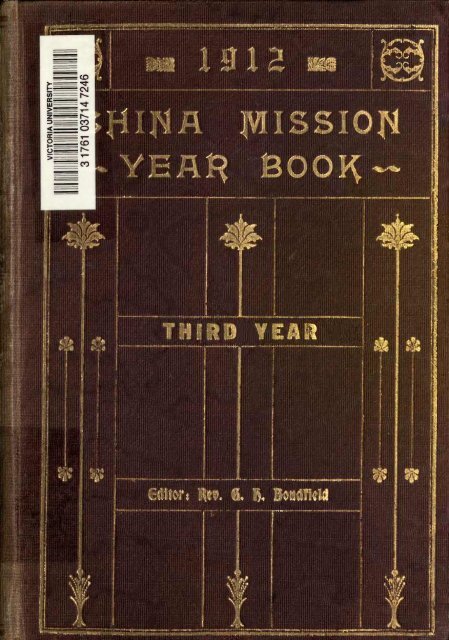
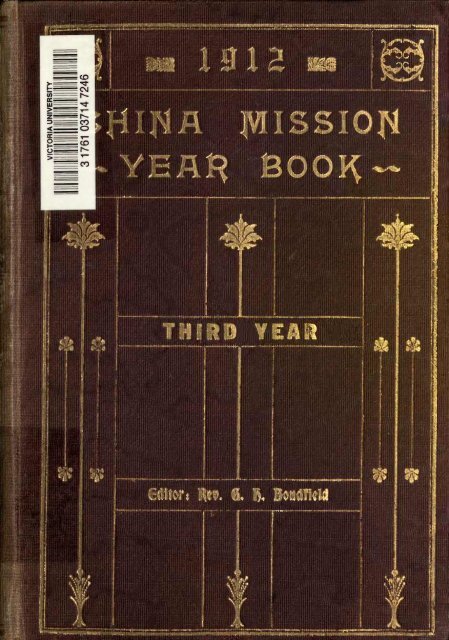
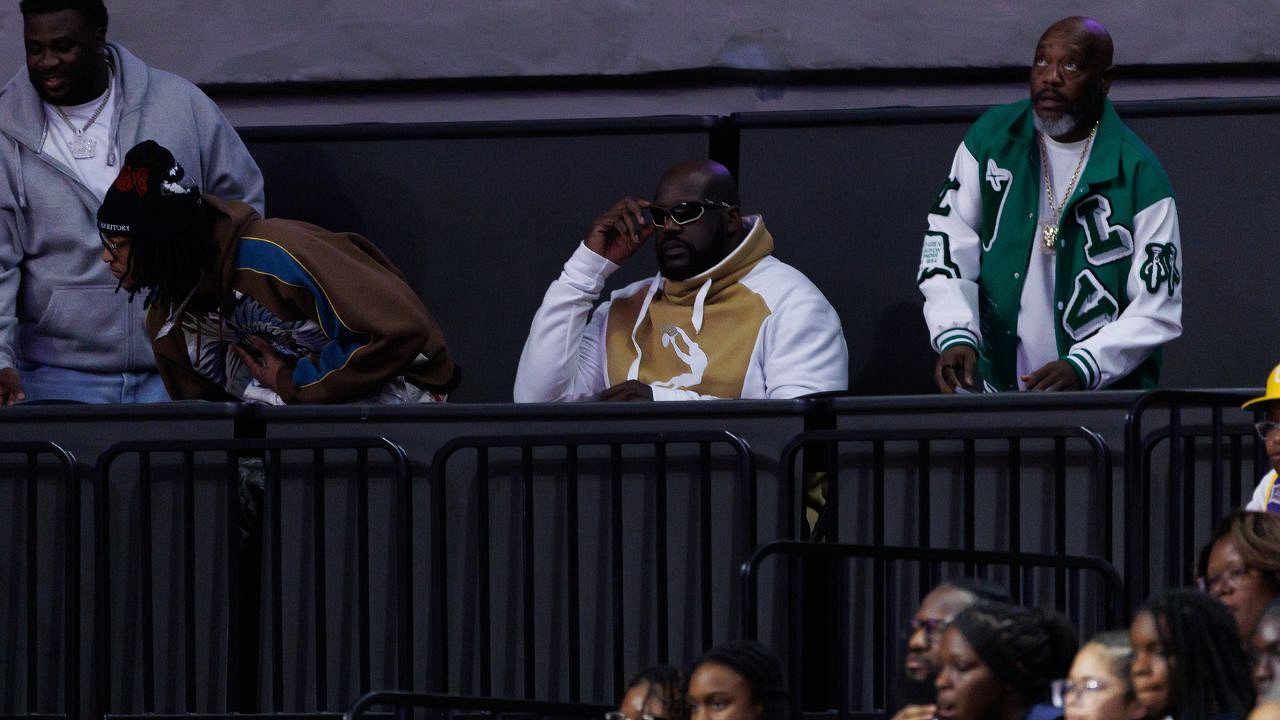
The NCAA changed college sports in 2021 with the long-awaited introduction of its Name, Image, and Likeness (NIL) policies for student-athletes. These policies granted college athletes the right to earn money through endorsements, sponsorships, and social media platforms.
Advertisement
Previously, the NCAA’s rules banned athletes from profiting from their personal brand in any form. NIL has opened doors for young people, especially those from financially challenged backgrounds. Unfortunately, it has disrupted the stability and culture of college athletics.
Before the current NIL era, student-athletes transferring schools often had to redshirt and sit out for a year before returning to play. The redshirt rule, which has long been a target of criticism, aimed to keep rosters stable and reduce the frequency of short-term transfers, but those days are now long gone.
Now, athletes switch schools more freely and frequently to find better financial opportunities through NIL deals. This newfound “freedom,” while lucrative, is reshaping recruiting and ultimately roster management across college sports.
The NIL system has its share of critics, with Shaquille O’Neal being among them. Shaq did not hold back about his issues with the way the current system operates. On the latest episode of The Big Podcast with Shaq, he slammed players for transferring too often due to NIL incentives.
“If I write you a check for a million dollars, you can’t stay for 300 days,” Shaq said. “You gotta at least give me 2 years.” O’Neal believes NIL athletes should show loyalty if they accept money from collectives.
“I think there should be some rules and regulations because you got all these guys going into portals and guys that are high school players unless you’re [an] All-American like myself [you are] not going to get a shot,” O’Neal remarked, raising a less-talked about issue regarding players in the NCAA transfer portals.
Shaq’s criticism of how this trend will ultimately affect young high school athletes seeking college opportunities was brought up during a press conference in February by tenured NCAA college coach Rick Pitino, who stated, “We’re not recruiting any high school players.”
Do today’s (would-be) college athletes weigh program prestige and coaching alongside potential NIL earnings before committing to a school? Some believe they solely look at their earning potential, with many choosing to transfer if another university offers stronger branding or better collective support. That trend worries coaches, who fear fractured locker rooms and fleeting loyalty.
Even Dwyane Wade and WNBA icon Tina Thompson have spoken out about how the NIL is slowly defeating the main point of college athletics- students getting a good education. Like Sam L. Jackson said in Coach Carter, college ballers are students first, and athletes second. Their education cannot be compromised for the sake of basketball.
Thompson, in a conversation with Wade, echoed the same sentiment. “These kids are transferring colleges, going to a different school every single year. You can’t get an education that way,” Thompson said. “Like, you’re not getting a degree. The money that you’re getting, 75, 100,000, 300,000 dollars- you think it’s a lot of money because you’ve not made any money.”
While both Thompson and Wade have raved about how the NIL finally allows student athletes to make money off their own hard work, the flip side of it does tend to outweigh the pros. Will the NIL’s legacy be the financial freedom it gives students or the adverse effect it has on their education?
-

 College Sports2 weeks ago
College Sports2 weeks agoPortal Update – Basketball and Gymnastics Take Hits
-

 College Sports3 weeks ago
College Sports3 weeks agoPortal Update – Basketball and Gymnastics Take Hits
-

 Professional Sports2 weeks ago
Professional Sports2 weeks agoJon Jones answers UFC retirement speculation as fans accuse champion of 'holding the belt …
-

 Health3 weeks ago
Health3 weeks agoBYU women's basketball guard injures ACL twice
-

 NIL2 weeks ago
NIL2 weeks ago2025 NCAA Softball Tournament Bracket: Women’s College World Series bracket, schedule set
-

 Youtube2 weeks ago
Youtube2 weeks agoXavier Legette taught Marty Smith his signature celly
-

 High School Sports2 weeks ago
High School Sports2 weeks agoToday in the MHSAA
-

 College Sports3 weeks ago
College Sports3 weeks agoIU basketball recruiting
-

 College Sports2 weeks ago
College Sports2 weeks agoNCDC Commitment Profiles: Cyclones’ Martins Moving On to Saint Anselm College • USPHL
-

 Health3 weeks ago
Health3 weeks agoNew training facility opens in Reading for athletes' mental and physical advancement




































